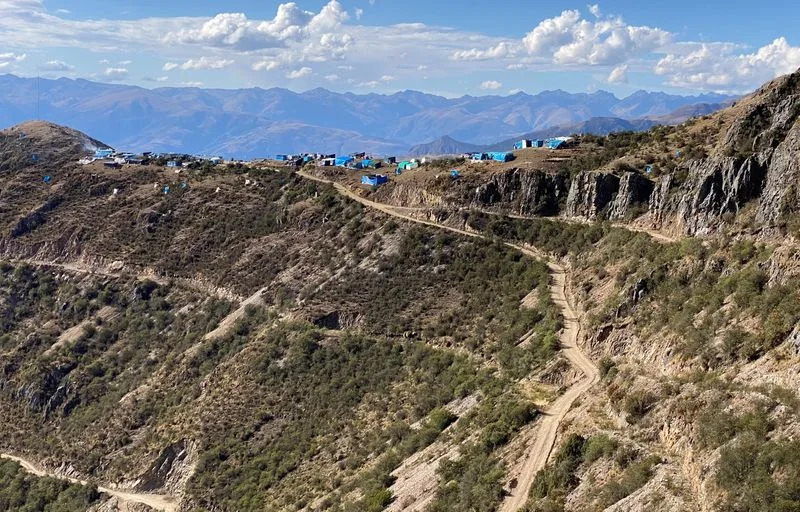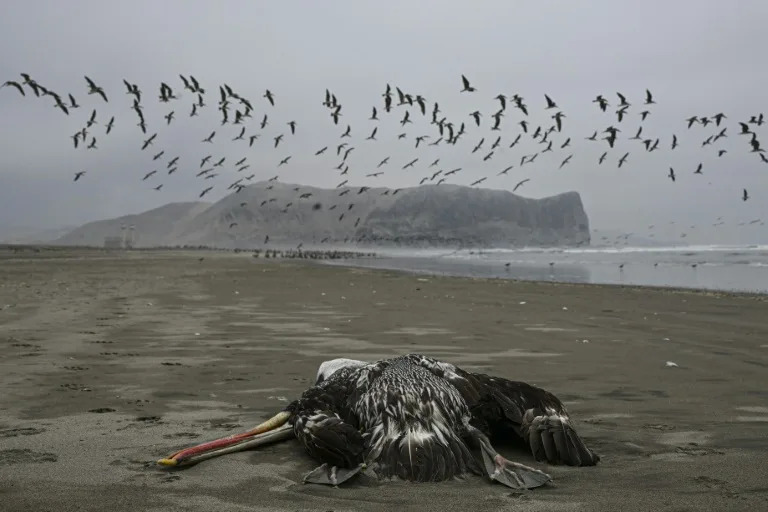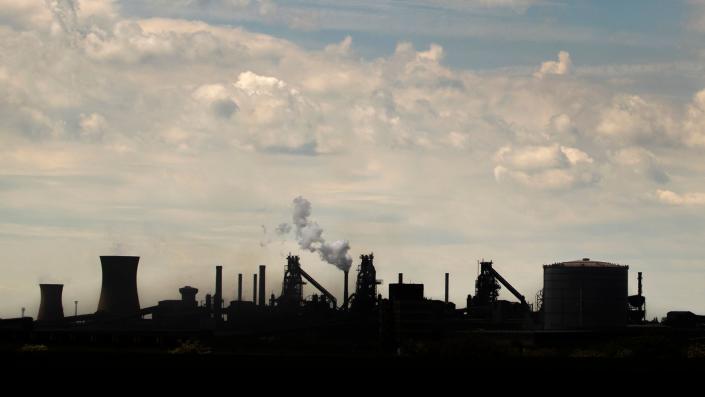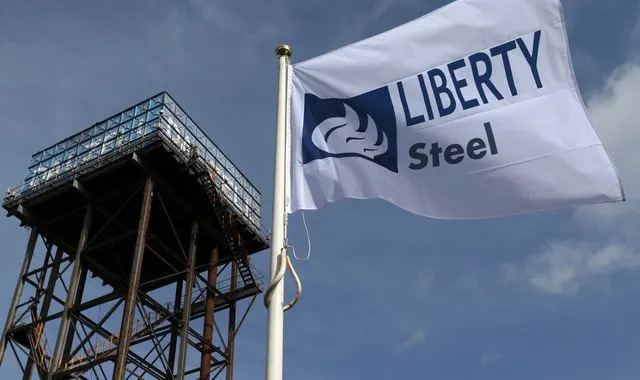Emma Cosgrove
Wed, February 8, 2023

According to an estimate by the returns tech platform Optoro, as many as 9.6 billion pounds of returns ended up in landfills in 2021 — equivalent to 10,500 fully loaded Boeing 747s.
Martin Bernetti/AFP via Getty Images
Americans returned $816 billion in products last year, according to the National Retail Federation.
Whether items are returned to the store or shipped, they can still end up in a landfill.
Reducing returns is consumers' best shot at avoiding making the problem worse, according to experts.
Shoppers are returning more goods than ever, and some of those products end up rotting in landfills — even when they're in like-new condition.
It's hard to know exactly how many returns are sent to landfills because many retailers aren't eager to share this data, said Glenn Richey, chair of the Department of Supply Chain Management at Auburn University's Harbert College of Business. Getting caught trashing or destroying goods can lead to brand-damaging headlines.
On the flip side, strategies to avoid tossing returns could be seen as a competitive advantage worth guarding.
According to an estimate by the returns tech platform Optoro, as many as 9.6 billion pounds of returns ended up in landfills in 2021 — equivalent to 10,500 fully loaded Boeing 747s. The 2021 figures marked the height of the e-commerce boom and a 65% increase in estimated returns headed for landfills from the previous year.
Americans returned $816 billion in products last year, according to the National Retail Federation.
Whether items are returned to the store or shipped, they can still end up in a landfill.
Reducing returns is consumers' best shot at avoiding making the problem worse, according to experts.
Shoppers are returning more goods than ever, and some of those products end up rotting in landfills — even when they're in like-new condition.
It's hard to know exactly how many returns are sent to landfills because many retailers aren't eager to share this data, said Glenn Richey, chair of the Department of Supply Chain Management at Auburn University's Harbert College of Business. Getting caught trashing or destroying goods can lead to brand-damaging headlines.
On the flip side, strategies to avoid tossing returns could be seen as a competitive advantage worth guarding.
According to an estimate by the returns tech platform Optoro, as many as 9.6 billion pounds of returns ended up in landfills in 2021 — equivalent to 10,500 fully loaded Boeing 747s. The 2021 figures marked the height of the e-commerce boom and a 65% increase in estimated returns headed for landfills from the previous year.
Why returns end up in the garbage
Americans returned $816 billion in products last year, a 7% jump from the year before — but that's after a massive 78% increase from 2020 to 2021, according to the NRF.
For retailers without strong moral or environmental values, returns are a pretty simple math problem.
"If it costs more to process an item and get it to sell in another channel than it does to throw it away, then they throw it away," Optoro CEO Tobin Moore told Insider. Not all retailers are environmentally focused, "so things end up being thrown away because of the cost," he said.
Processing a return involves shipping, labor to inspect the item, materials to repack it, and additional shipping to transport it to a store or warehouse to resell — or to another location to be sold on a secondary market where it may sell at a discount.
"Some products will require deep cleaning or other more involved processing steps, and the costs of these extra steps are not always justified," said Mike Galbreth, a professor at the Haslam College of Business at the University of Tennessee.
With clothing returns, for example, processors may check for stains and smells. Often, the cost to remove these imperfections isn't worthwhile.
"And remember, when you sell things to a direct consumer online, if you resell it, there's also returns that happen again," Moore said.
The math doesn't always send goods straight to the trash. Some items, like electronics, keep their value for longer. Sometimes donations or recycling offer tax benefits. Returns processor Inmar Intelligence told Insider it sends less than 1% of goods to landfills after working for years on technology, process, and donation and recycling relationships.
Optoro claims its technology speeds up decisions to remove labor costs — diverting millions of pounds of waste from landfills. But it's still a common practice to trash returned goods, especially with certain types of products.
How consumers can avoid adding to landfills
Most retailers don't publicly advertise how they handle returns, unless they are particularly proud of their strategies. If consumers want to avoid contributing to landfills with their returns, there are a few things to keep in mind.
Consider the size and value of a product when purchasing. Some products are more prone to end up in the landfill because of their low value or high shipping costs. Big or heavy items like furniture, for example, are top contenders for landfills. Luxury brands, too, are more likely to trash returns to avoid products ending up in secondary markets and tarnishing the label's value. And fast fashion without much value to start with is less likely to be worth recirculating. Closely checking measurements and size charts can cut down on returns of these products.
Avoid "bracketing" and "wardrobing. "Bracketing," when shoppers buy multiple sizes of the same item and only keep one, and "wardrobing," where shoppers buy things to wear once and then return, are two habits Galbreth and Richey said consumers should break if they want to avoid sending their goods to landfills. Buying high-quality products that will last if kept, or hold up well in shipping and returns processing is another tip from Richey.
Make fast returns in original packaging. Some retailers offer months-long return windows. But returning things soon after delivery helps ensure the items are still current and will retain their value. "For those inevitable returns that do happen, return the item as quickly as possible to reduce the risk of obsolescence," Galbreth said. Returning things in their original packages and in pristine condition is also helpful.
Moore said there are some reasons for optimism, too. Retailers are investing more in returns technology, services, and other advanced strategies as returns volumes grow. Consolidation strategies used by Amazon and other major retailers cut down on shipping costs by pooling returns together at stores. And some solutions have sprung up to tackle tough categories. Floorfound is a startup specializing in returned furniture. Rebel Stork is vetting and sanitizing open-box baby gear.
"We do have other retail clients also who are getting really smart about what to do with the things that are damaged beyond repair," Moore said.









